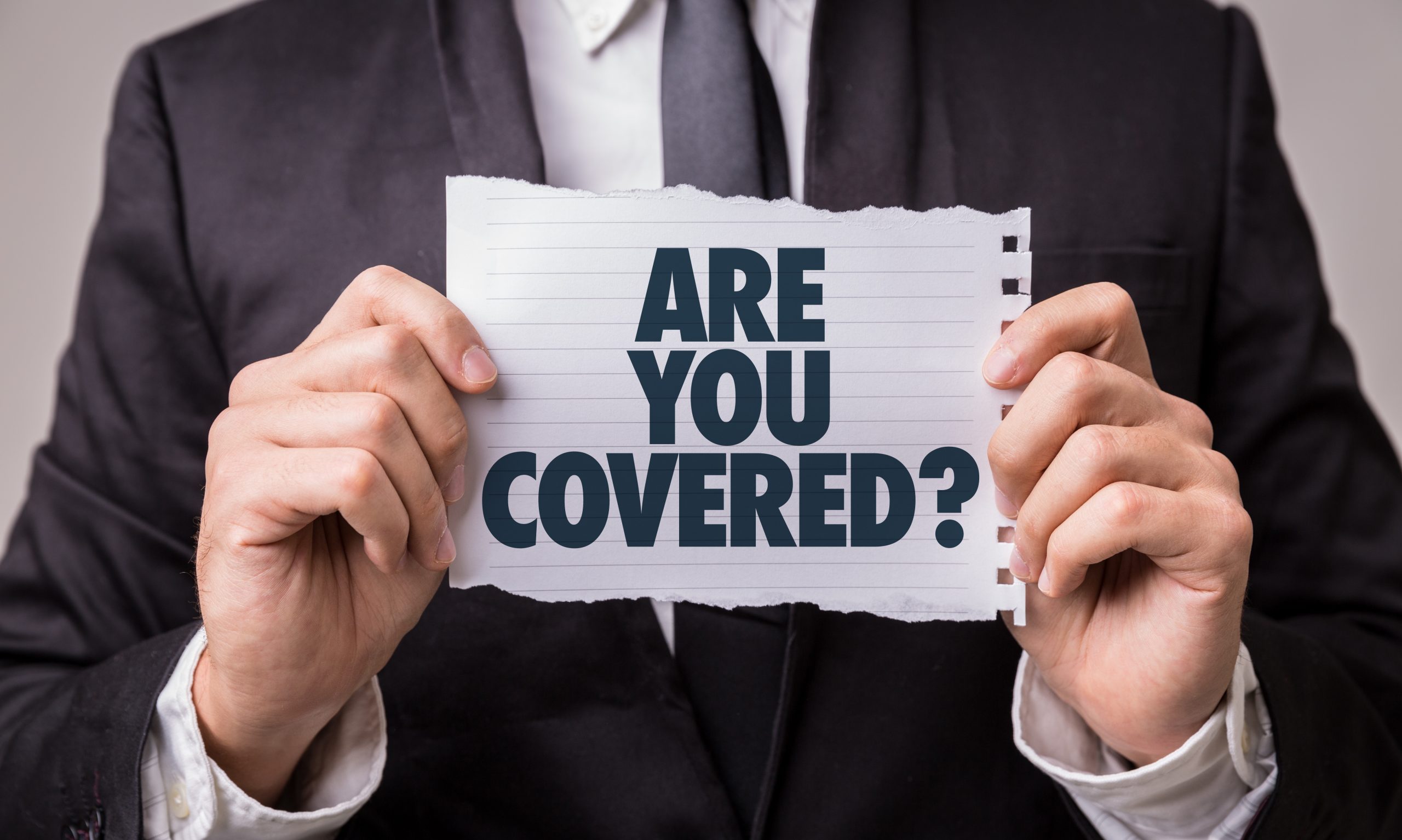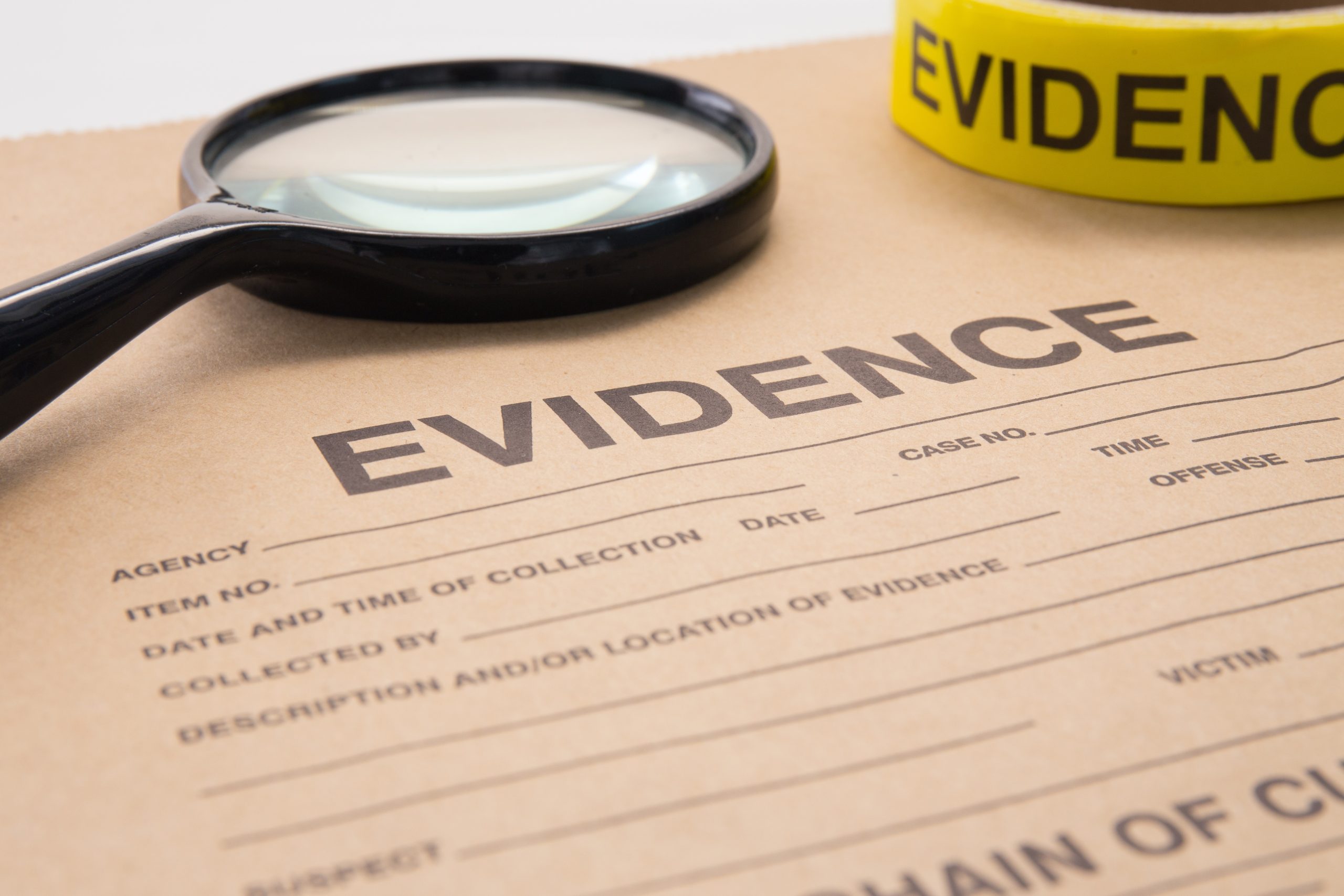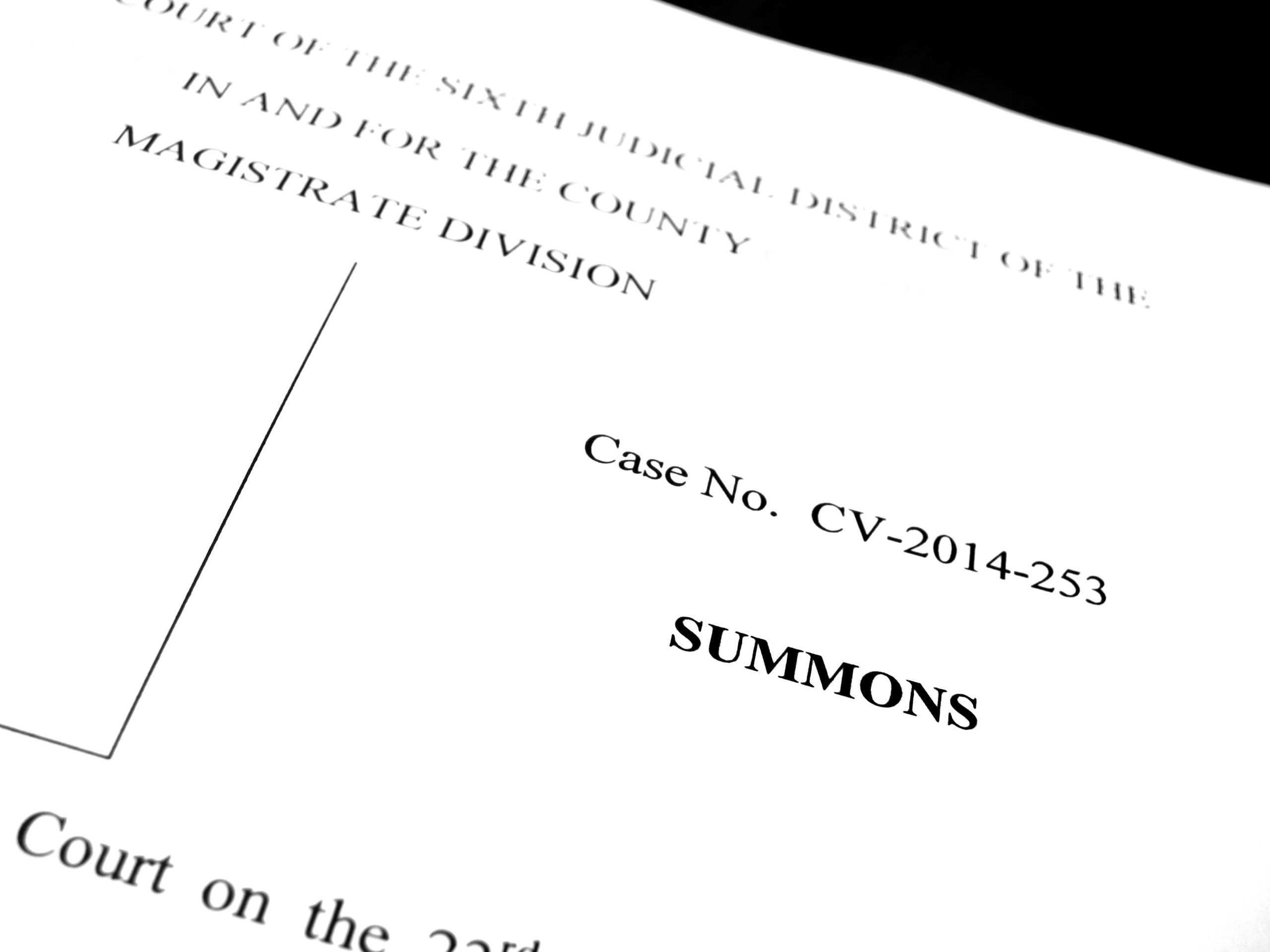The Litigation Process
 After suffering devastating injuries in any type of accident, you are likely feeling helpless and overwhelmed. If another’s carelessness or irresponsibility caused your injuries, you might be eligible to pursue a personal injury lawsuit. The Dietrich Legal Team’s veteran litigators realize that the litigation process may seem both complex and intimidating. Our lawyers believe that by helping you better understand the legal process, we can eliminate most of your stress and uncertainty.
After suffering devastating injuries in any type of accident, you are likely feeling helpless and overwhelmed. If another’s carelessness or irresponsibility caused your injuries, you might be eligible to pursue a personal injury lawsuit. The Dietrich Legal Team’s veteran litigators realize that the litigation process may seem both complex and intimidating. Our lawyers believe that by helping you better understand the legal process, we can eliminate most of your stress and uncertainty.
Steps In The Personal Injury Litigation Process
Although no two claims are identical, each lawsuit filed in New York Supreme Court follows the same steps as it advances through the litigation process. The actions that the Dietrich Law Firm P.C.’s highly experienced attorneys will take include:
 Buffalo Personal Injury Lawyer News
Buffalo Personal Injury Lawyer News


 Whiplash is an injury to the neck that a violent, swift back-and-forth neck movement can cause. The neck is a highly vulnerable body part, which is left unprotected and unrestrained even when wearing a seatbelt. A car crash victim’s neck can be forcefully jerked or jolted back and forth. Consequently, whiplash is one of the most prevalent injuries suffered in collisions, especially by rear-enders. Whiplash injuries commonly result from slip and fall accidents, physical abuse, and sports mishaps. While most whiplash victims tend to recover within a few weeks of a treatment regime, some victims continue having chronic pain and other persistent complications.
Whiplash is an injury to the neck that a violent, swift back-and-forth neck movement can cause. The neck is a highly vulnerable body part, which is left unprotected and unrestrained even when wearing a seatbelt. A car crash victim’s neck can be forcefully jerked or jolted back and forth. Consequently, whiplash is one of the most prevalent injuries suffered in collisions, especially by rear-enders. Whiplash injuries commonly result from slip and fall accidents, physical abuse, and sports mishaps. While most whiplash victims tend to recover within a few weeks of a treatment regime, some victims continue having chronic pain and other persistent complications.  Each year, over 10 million victims are treated in emergency departments nationwide for home-related injuries. Fortunately, almost every homeowner carries insurance, and many tenants maintain renter policies. This type of insurance shields residential property owners against personal liability when someone else suffers bodily harm or property damage in an accident caused by the homeowner’s negligence. While homeowner’s insurance is typically regarded as protection against property damage, these policies also provide crucial liability coverage for guests’ injuries.
Each year, over 10 million victims are treated in emergency departments nationwide for home-related injuries. Fortunately, almost every homeowner carries insurance, and many tenants maintain renter policies. This type of insurance shields residential property owners against personal liability when someone else suffers bodily harm or property damage in an accident caused by the homeowner’s negligence. While homeowner’s insurance is typically regarded as protection against property damage, these policies also provide crucial liability coverage for guests’ injuries.  When you hire a personal injury attorney to litigate your accident case, knowing that you have certain rights as a client is crucial. Strict standards of ethical and professional responsibility bind personal injury lawyers. The relationship between an attorney and their client should be based on confidence and trust. At the Dietrich Law Firm P.C., our battle-tested litigators believe in building strong relationships with our clients. We take the attorney-client relationship exceptionally seriously and are dedicated to treating every client with the respect, consideration, and compassion they deserve.
When you hire a personal injury attorney to litigate your accident case, knowing that you have certain rights as a client is crucial. Strict standards of ethical and professional responsibility bind personal injury lawyers. The relationship between an attorney and their client should be based on confidence and trust. At the Dietrich Law Firm P.C., our battle-tested litigators believe in building strong relationships with our clients. We take the attorney-client relationship exceptionally seriously and are dedicated to treating every client with the respect, consideration, and compassion they deserve.  Under New York law, victims carry the burden of proof in lawsuits. In other words, to hold the other party responsible for your damages, you must first prove that their negligence caused your injuries. This means that you will need to present evidence to support your claims. As a general rule, the more evidence your attorney has to support your claim, the better the result you can expect. However, collecting evidence can be overwhelming, especially if you need help knowing where to start.
Under New York law, victims carry the burden of proof in lawsuits. In other words, to hold the other party responsible for your damages, you must first prove that their negligence caused your injuries. This means that you will need to present evidence to support your claims. As a general rule, the more evidence your attorney has to support your claim, the better the result you can expect. However, collecting evidence can be overwhelming, especially if you need help knowing where to start.  After being injured in an accident, knowing what to expect when pursuing your claim brings you peace of mind. Some of our most frequently asked questions are about the summons. At the beginning of a lawsuit, a summons and complaint are two legal documents served to all defendants. The summons informs the defendant of the plaintiff’s commencement of the legal action and demands that they answer the complaint.
After being injured in an accident, knowing what to expect when pursuing your claim brings you peace of mind. Some of our most frequently asked questions are about the summons. At the beginning of a lawsuit, a summons and complaint are two legal documents served to all defendants. The summons informs the defendant of the plaintiff’s commencement of the legal action and demands that they answer the complaint.  Although the last thing anyone wants is to be the victim of an accident, mishaps are part of life. To better safeguard you and your loved ones, it is imperative to be aware of the most prevalent types of accidents. Below, the Dietrich Law Firm P.C.’s team of personal injury lawyers has listed the most frequently occurring accidents along with crucial tips to avoid them:
Although the last thing anyone wants is to be the victim of an accident, mishaps are part of life. To better safeguard you and your loved ones, it is imperative to be aware of the most prevalent types of accidents. Below, the Dietrich Law Firm P.C.’s team of personal injury lawyers has listed the most frequently occurring accidents along with crucial tips to avoid them:  Suppose that you, or a family member, have been injured in an accident caused by another person’s negligence or recklessness. You may be able to file a personal injury lawsuit. Pursuing a case against the responsible party could be your only means to recover compensation. However, you only have a limited time to file your claim. The deadline is known as the statute of limitations (SOL). The statute of limitations, like a countdown, can significantly impact when or even if you can pursue your case. Regardless of the strength of your claim, when the statute of limitations runs out, your case will be considered time-barred. Meaning the defendant can assert that the statute of limitations has run out and ask the court to dismiss the lawsuit on that basis alone.
Suppose that you, or a family member, have been injured in an accident caused by another person’s negligence or recklessness. You may be able to file a personal injury lawsuit. Pursuing a case against the responsible party could be your only means to recover compensation. However, you only have a limited time to file your claim. The deadline is known as the statute of limitations (SOL). The statute of limitations, like a countdown, can significantly impact when or even if you can pursue your case. Regardless of the strength of your claim, when the statute of limitations runs out, your case will be considered time-barred. Meaning the defendant can assert that the statute of limitations has run out and ask the court to dismiss the lawsuit on that basis alone. The human spine comprises 33 vertebrae, each separated by a spongy member referred to as a disc. Each spinal disc contains a jellylike nucleus encased in a rubbery exterior called an annulus. These discs act as shock absorbers and cushions for the spine. Back injuries are often excruciating and can make it difficult for victims to move. One of the most common back injuries is a slipped disc, also called a bulging or herniated disc. As many as 2 percent of adults throughout the United States suffer from slipped discs each year. This type of injury occurs when a portion of the nucleus pushes out through a tear in the exterior. While any spine segment can suffer a slipped disc, most occur in the lower back. When left untreated, herniated discs can potentially cause permanent and life-altering complications.
The human spine comprises 33 vertebrae, each separated by a spongy member referred to as a disc. Each spinal disc contains a jellylike nucleus encased in a rubbery exterior called an annulus. These discs act as shock absorbers and cushions for the spine. Back injuries are often excruciating and can make it difficult for victims to move. One of the most common back injuries is a slipped disc, also called a bulging or herniated disc. As many as 2 percent of adults throughout the United States suffer from slipped discs each year. This type of injury occurs when a portion of the nucleus pushes out through a tear in the exterior. While any spine segment can suffer a slipped disc, most occur in the lower back. When left untreated, herniated discs can potentially cause permanent and life-altering complications. 